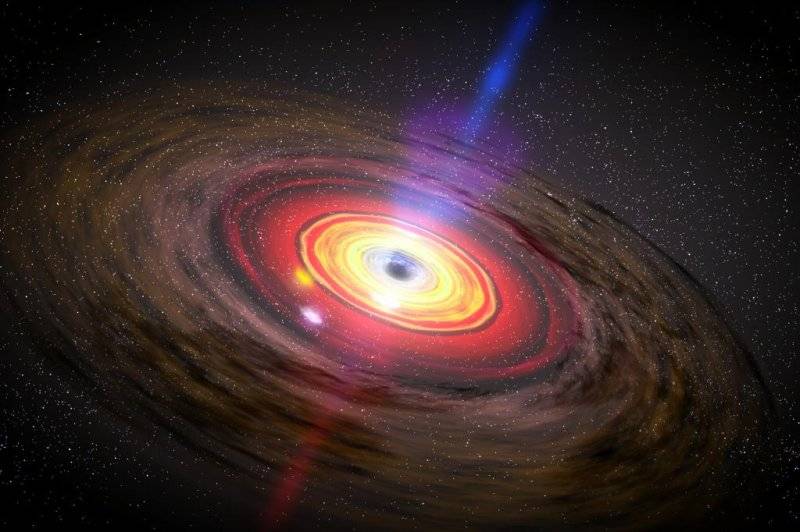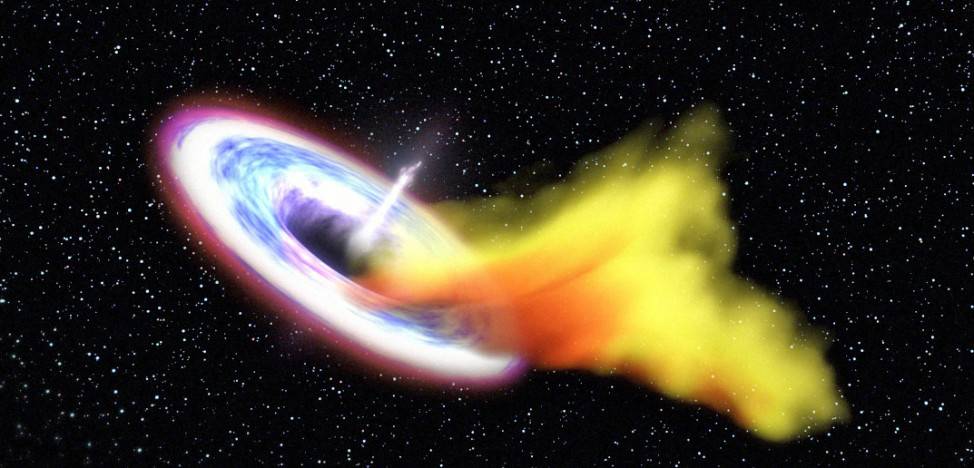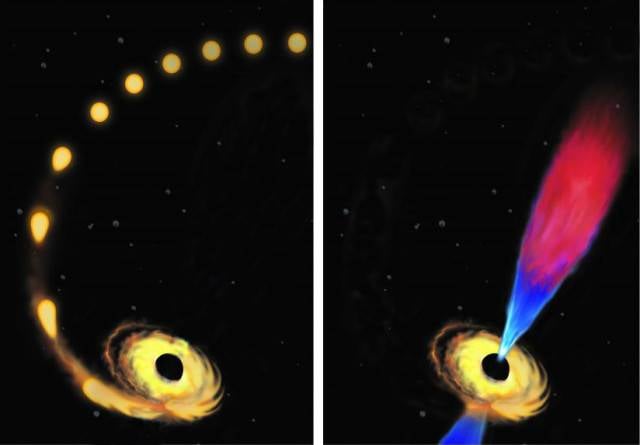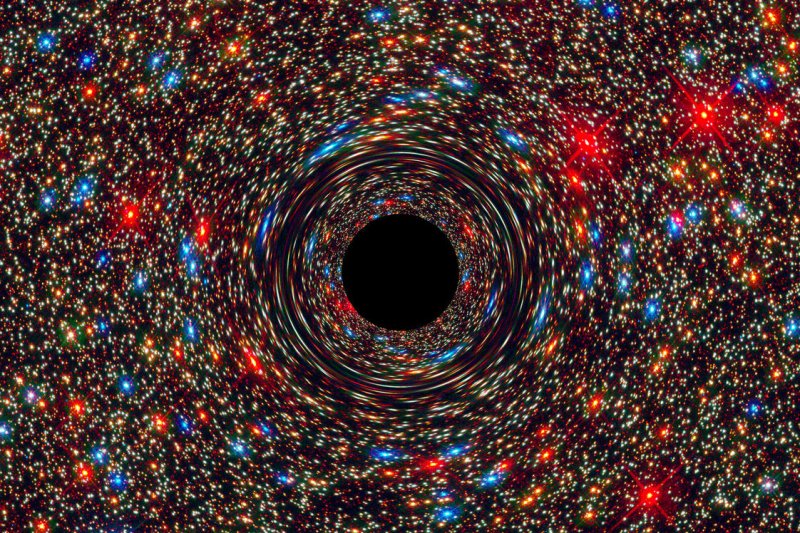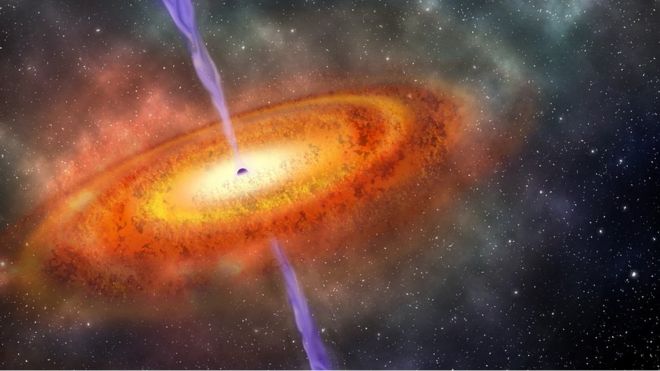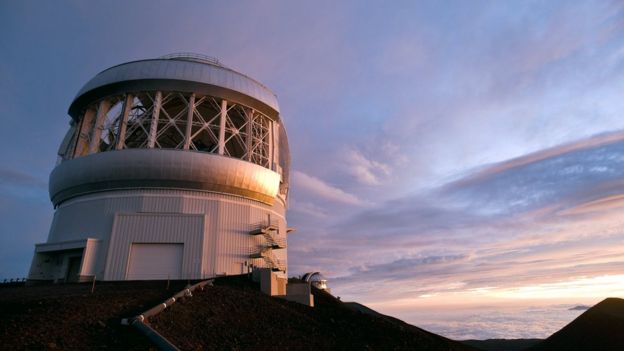Delta4Embassy
Gold Member
12 billion times the mass of our Sun (the supermassive blackhole at the center of our galaxy is about 4 billion times our Sun for reference.)
Gigantic Black Hole Discovered From the Dawn of Time
Gigantic Black Hole Discovered From the Dawn of Time


